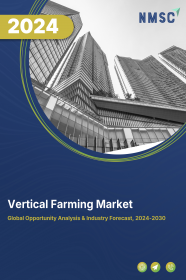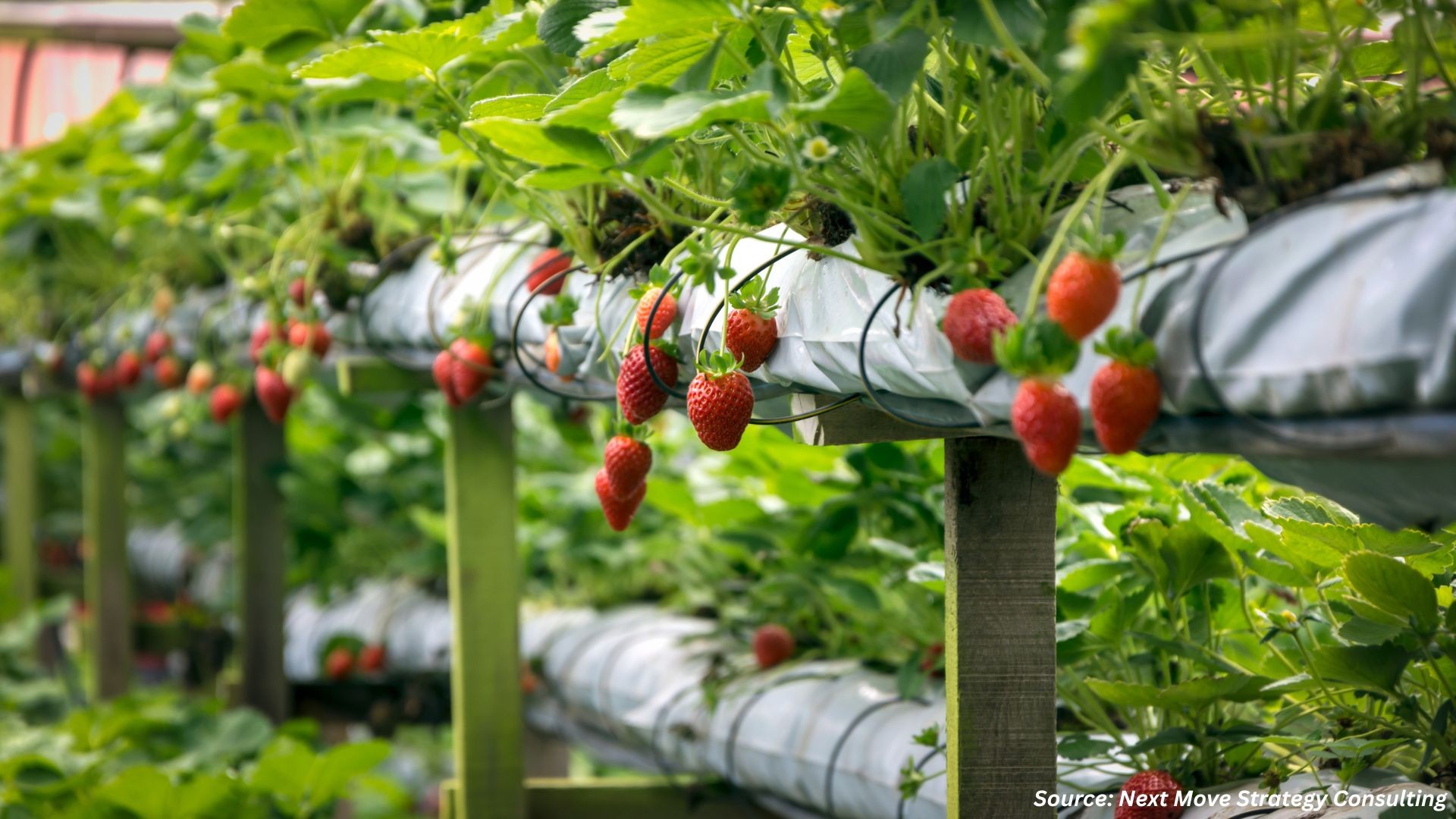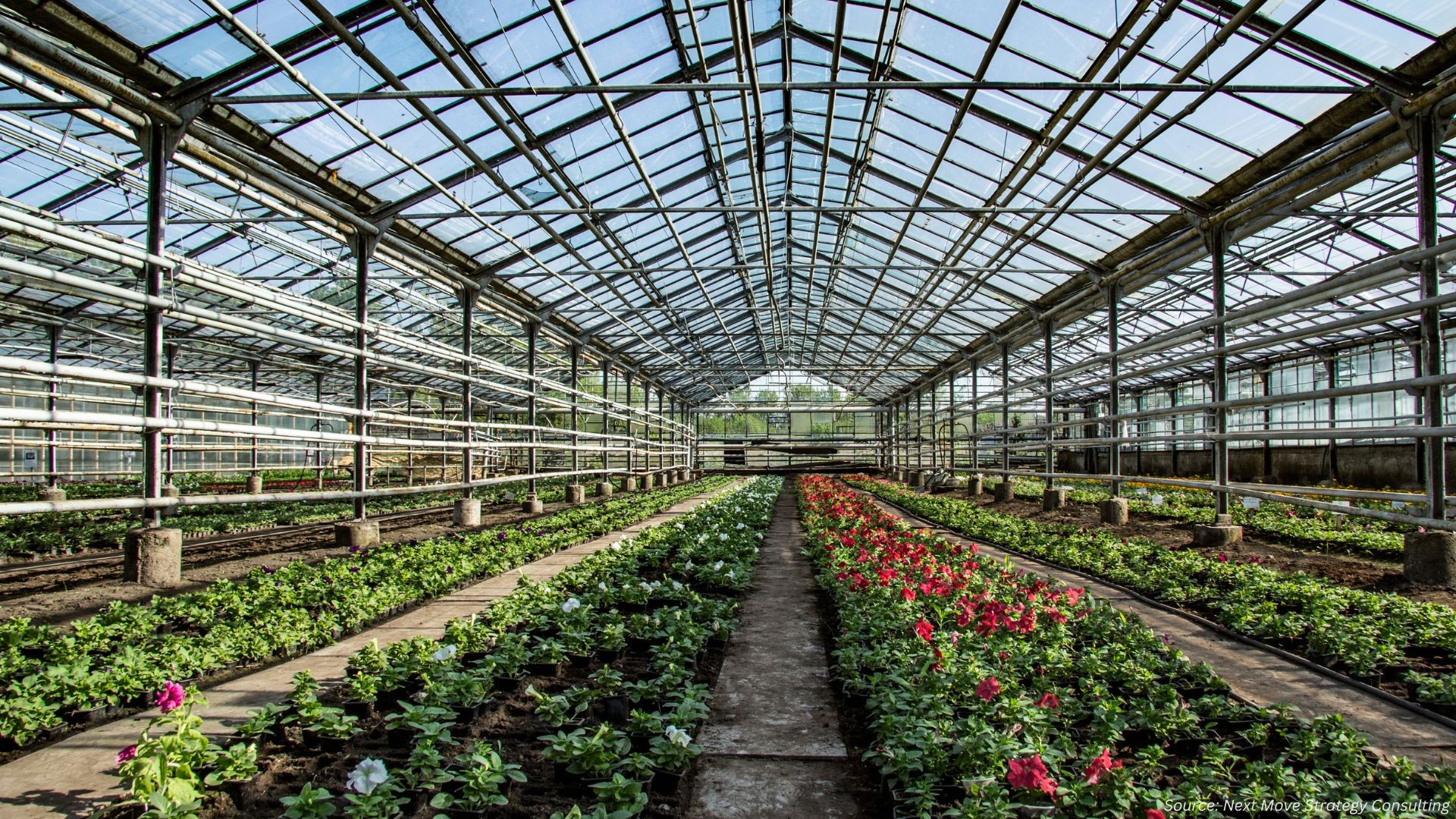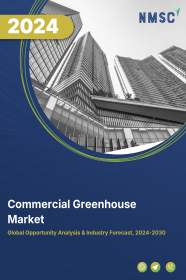
Commercial Greenhouse Market by Type (Glass and Plastic Greenhouse), by Equipment (Hardware and Software & Services) by Crop Type (Fruit and Vegetable, Flowers and Ornamental, Nursery Crops, and Others), by Component (High-Tech, Medium-Tech Greenhouse, and Low-Tech Commercial Greenhouse) - Global Opportunity Analysis and Industry Forecast, 2022-2030
Market Definition
The global Commercial Greenhouse Market size was valued USD 33.70 billion in 2021 and is predicted to reach USD 74.76 billion by 2030 with a CAGR of 9.26% from 2022-2030. Commercial greenhouse is a glass or plastic-enclosed framed structure providing highly controlled and stable environments suitable for the growth of flowers, vegetables, fruits, and transplants. This farming technique offers a controlled environment as enclosed facilities offer optimum growing conditions to grow crops in lesser time with better yields within a limited area.
Glass-based greenhouses are traditional methods, whereas plastic ones, such as polyethylene, polyvinyl or fiberglass, have gained immense popularity recently owing to their high durability and resistance to extreme weather conditions & tearing.
Market Dynamics and Trends
The shrink in land availability or decrease in arable land for cultivation, rise in demand for nutritious food products, and higher yields in lesser time are among a few drivers of the commercial greenhouse market. As per data from the EU Agriculture Outlook for the 2018-2030 period, the total arable land in Europe is expected to decline at a higher rate by 2030. Besides, according to the USDA, an average tomato yield was 10.59 pounds/sq. ft in green hydroponics, which is higher than traditionally grown tomatoes (1.85 pounds/sq. ft.) in 2020.
Development of tissue culture and somatic hybridization techniques related to plant genetics is also expected to foster the commercial greenhouse industry growth. Furthermore, rise in global population with an increase in the food demand necessitates the requirement of better crop yields. As per Food and Agriculture Organization of United Nations, it is important to increase food production by 70% by 2050 to meet global demands. Since rapid urbanization is taking up arable land, it is important to shift the focus to greenhouse farming.
However, high price and limited knowledge about the procedure restrain the commercial greenhouse market growth. On the contrary, the emergence of rooftop greenhouses techniques coupled with an increase in government initiatives is expected to create ample opportunities in the market over the forecast period. These government funding can be used for sustainable agriculture, using renewable or low-carbon energy sources, energy-efficient buildings, hence shifting the paradigm towards commercial greenhouse.
Market Segmentations and Scope of the Study:
The global commercial greenhouse market share is analyzed on the basis of type, equipment, crop type, component, and geography. Based on type, it is segmented into glass greenhouse and plastic greenhouse. Glass greenhouse is further bifurecated into horticulture and others. The plastic greenhouse is sub-segmented into polyethylene, polycarbonate, and polymethyl methacrylate. Based on equipment, it is divided into hardware and software & services. Hardware segment is further classified into lighting systems, communication systems, climate control systems, sensors, irrigation systems, system controls, and others.
Based on crop type, the market is fragmented into fruits and vegetables, flowers and ornamental, nursery crops and others. Fruits and vegetables are further classified into tomatoes, cucumber, watermelon, pepper, eggplant, squash, strawberries, banana, and others. Flowers and ornamentals are further categorized into cut flowers, indoor ornamental plants, natural flower bulbs, and outdoor ornamental plants. Based on component, it is divided into high-tech, medium tech, and low-tech commercial greenhouse. Geographic breakdown and analysis of each of the aforesaid segments include regions comprising North America, Europe, Asia-Pacific, And Row.
Geographical Analysis
North America accounted for the major market share owing to the high adoption of advanced technologies including climate control, data science, self-sufficient water systems, and automation capabilities to enable efficient crop farming. For instance, in May 2022, Red Sun Farms reported setting flavor trends with Sweetpops through lighting technology in the greenhouse. The company built a vertically integrated business model to ensure food safety, quality, flavor, and supply.
Moreover, the rise in demand for flowers and ornamentals along with high purchasing power in metropolitan areas provide wide growth avenues for the ornamental products. For instance, in 2020, GDP based on PPP for the U.S. was USD 20,933 billion and it is growing at an average annual rate of 3.68%.
While Asia Pacific is expected to show a significant growth rate owing to an increasing focus on commercial greenhouse products than conventional agriculture coupled with increased demand for ornamental flowers and seasonal fruits & vegetables. Also, a rise in the number of projects to develop commercial greenhouse products, such as broccoli, tomatoes, and strawberries is expected to accelerate regional market growth.
For instance, in November 2020, the construction of a China-Israel green eco-industrial park was initiated in the Gansu Province in Northwest Asia Pacific. The project included an intelligent greenhouse, a 10,000-tonne pneumatic warehouse, and a Gobi agriculture service center along with without-soil cultivation, automated temperature & humidity control, integrated water, and fertilization control.
Competitive Landscape
The commercial greenhouse industry is a highly fragmented market with numerous key players such as LumiGrow, Argus Control Systems ltd., Richel Group, Logiqs BV, Rough Brothers, Inc., Heliospectra AB, Certhon, Berry Global, Agra-tech, Inc., Hort Americas, and Signify Holding. These players are adopting various strategies such as investment and agreement to maintain their footprint in the commercial greenhouse market.
For instance, in April 2020, Denso invested in Certhon Group to provide advanced solutions to consumers. This investment expand its horticulture business by developing and providing automated solutions. Whereas, in January 2020, Madar Farms signed a contract with Certhon Group to establish a commercial indoor farming facility in the UAE. This contract involved the production of fresh tomatoes, further increasing the company’s operations in a local food market.
Key Benefits
-
The commercial greenhouse market report provides a quantitative analysis of the current market estimations throughout 2022-2030 that assists in identifying the prevailing market opportunities to capitalize on.
-
The study comprises a deep dive analysis of the current and future commercial greenhouse market trends, depicting the prevalent investment pockets in the industry.
-
The information related to key drivers, restraints and opportunities and their impact on the commercial greenhouse market is provided in the report.
-
The competitive analysis of the market players along with their market share in the commercial greenhouse industry, is mentioned.
-
The SWOT analysis and Porter's Five Forces model is elaborated on in the study.
-
Value chain analysis in the market study provides a clear picture of the stakeholders’ roles.
Commercial Greenhouse Market Key Segments
By Type
-
Glass Greenhouse
-
Horticulture glass
-
Others
-
-
Plastic Greenhouse
-
Polyethylene
-
Polycarbonate
-
Polymethyl methacrylate
-
By Equipment
-
Hardware
-
Lighting systems
-
Communication systems
-
Climate control systems
-
Sensors
-
Irrigation systems
-
System controls
-
Others
-
-
Software and Services
By Crop Type
-
Fruit and Vegetable
-
Tomatoes
-
Cucumber
-
Watermelon
-
Pepper
-
Eggplant
-
Squash
-
Strawberries
-
Banana
-
Others
-
-
Flowers and Ornamental
-
Cut Flowers,
-
Indoor Ornamental Plants
-
Natural Flower Bulbs
-
Outdoor Ornamental Plants
-
-
Nursery Crops
-
Others
By Component
-
High-Tech
-
Medium-Tech
-
Low-Tech
By Geography
-
North America
-
U.S.
-
Canada
-
Mexico
-
-
Europe
-
UK
-
Germany
-
France
-
Italy
-
Spain
-
Rest of Europe
-
-
Asia-Pacific
-
China
-
India
-
Japan
-
South Korea
-
Australia
-
Rest of Asia-Pacific
-
-
RoW
-
UAE
-
Saudi Arabia
-
South Africa
-
Brazil
-
Remaining Countries
-
Key Players
-
LumiGrow
-
Argus Control Systems ltd.
-
Richel Group
-
Logiqs BV
-
Rough Brothers, Inc.
-
Heliospectra AB
-
Certhon
-
Berry Global
-
Agra-tech, Inc.
-
Hort Americas
-
Signify Holding
REPORT SCOPE AND SEGMENTATION:
|
Parameters |
Details |
|
Market Size in 2021 |
USD 33.70 Billion |
|
Revenue Forecast in 2030 |
USD 74.76 Billion |
|
Revenue Growth Rate |
CAGR of 9.26% from 2022 to 2030 |
|
Analysis Period |
2021–2030 |
|
Base Year Considered |
2021 |
|
Forecast Period |
2022–2030 |
|
Market Size Estimation |
Billion (USD) |
|
Growth Factors |
Rise in demand for nutritious food products. Rise in global population with an increase in the food demand necessitates the requirement of better crop yields. |
|
Countries Covered |
28 |
|
Companies Profiled |
10 |
|
Market Share |
Available for 10 companies |
|
Customization Scope |
Free customization (equivalent up to 80 working hours of analysts) after purchase. Addition or alteration to country, regional, and segment scope. |
|
Pricing and Purchase Options |
Avail customized purchase options to meet your exact research needs. |





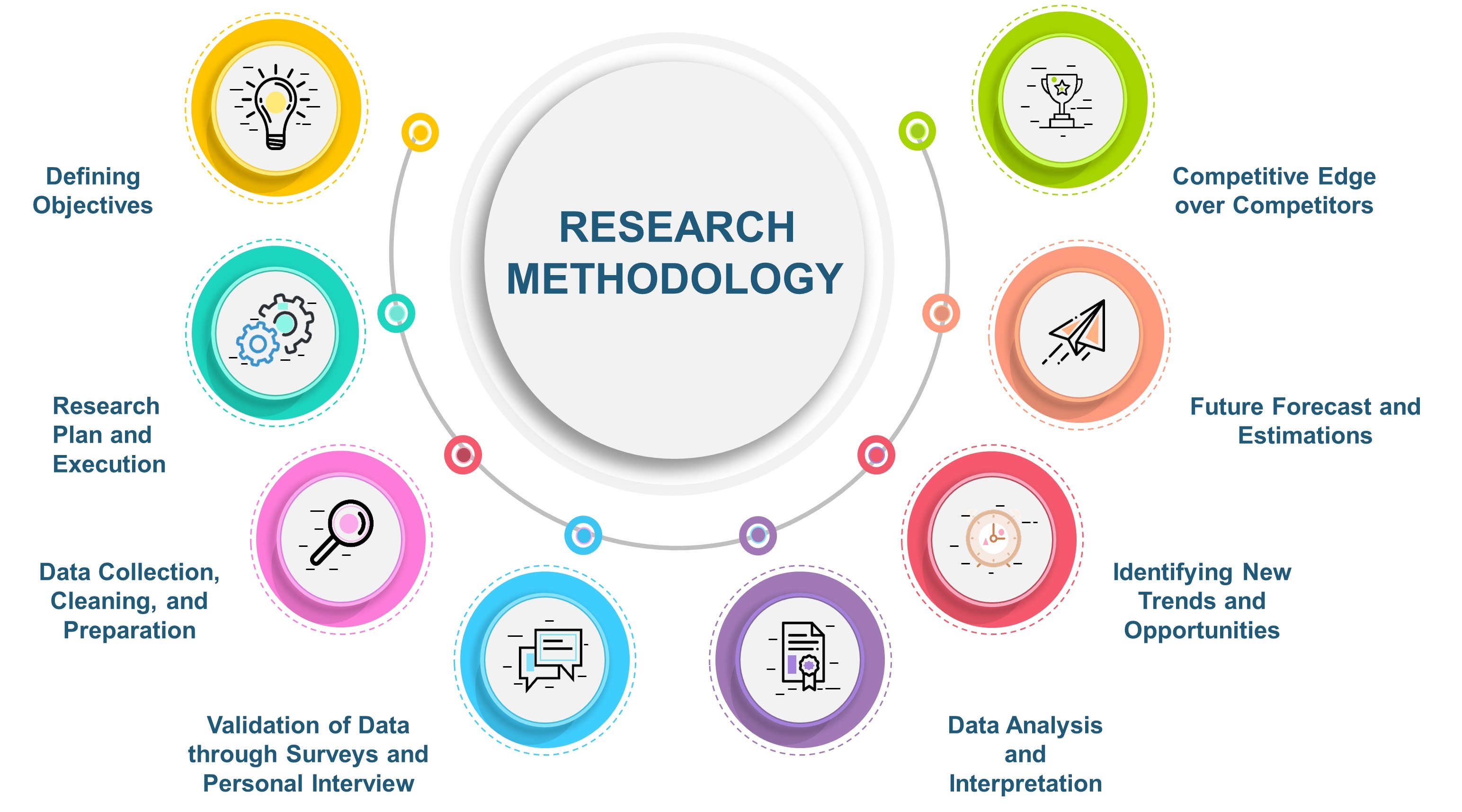
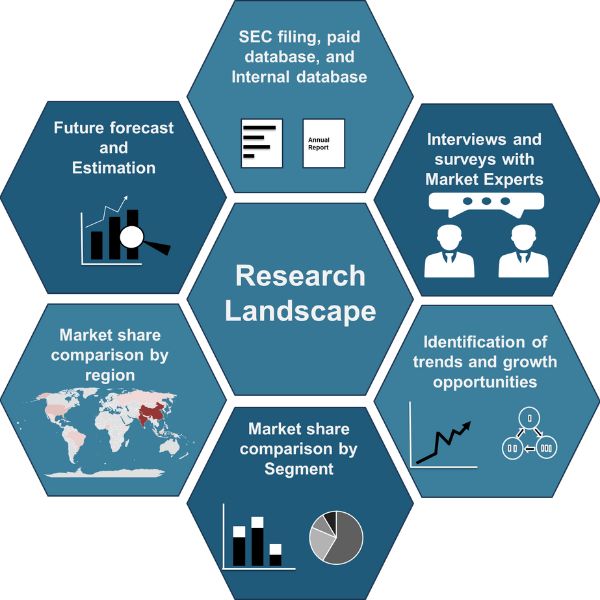
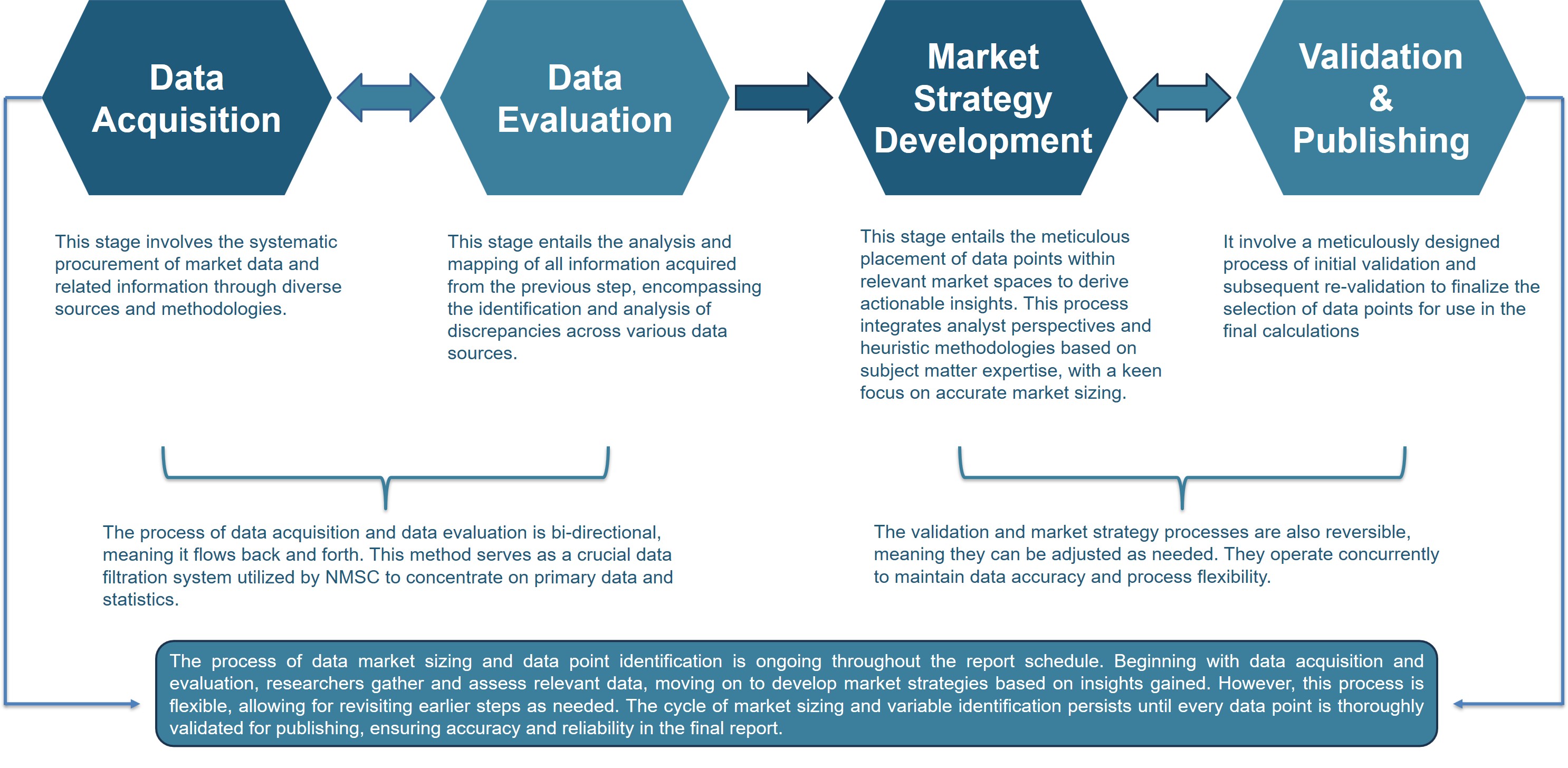



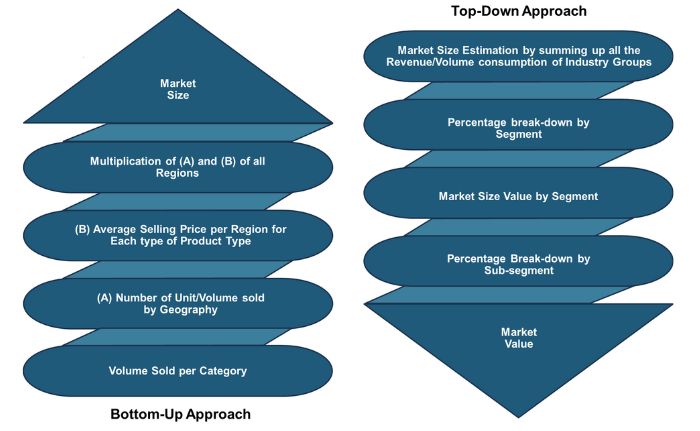
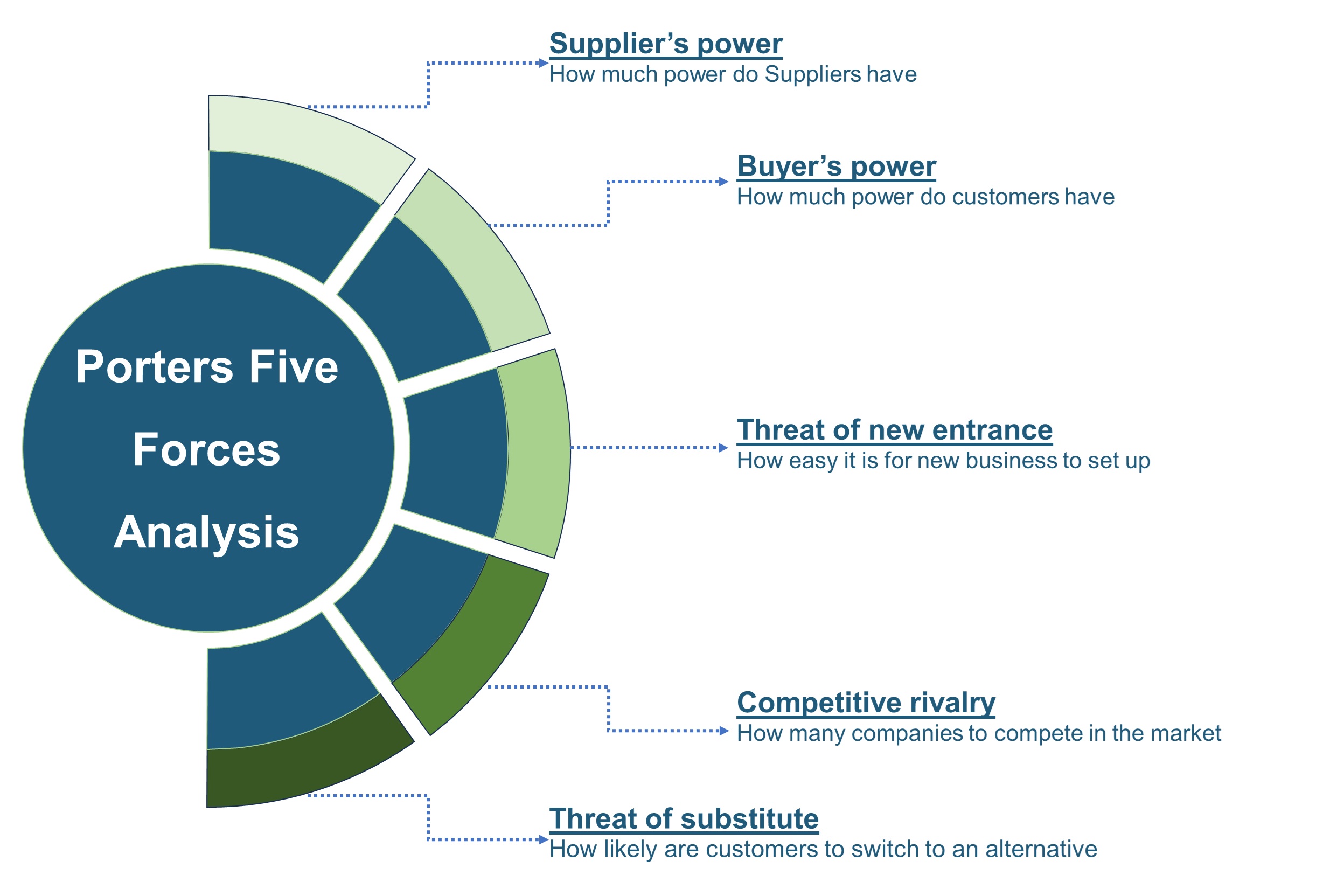
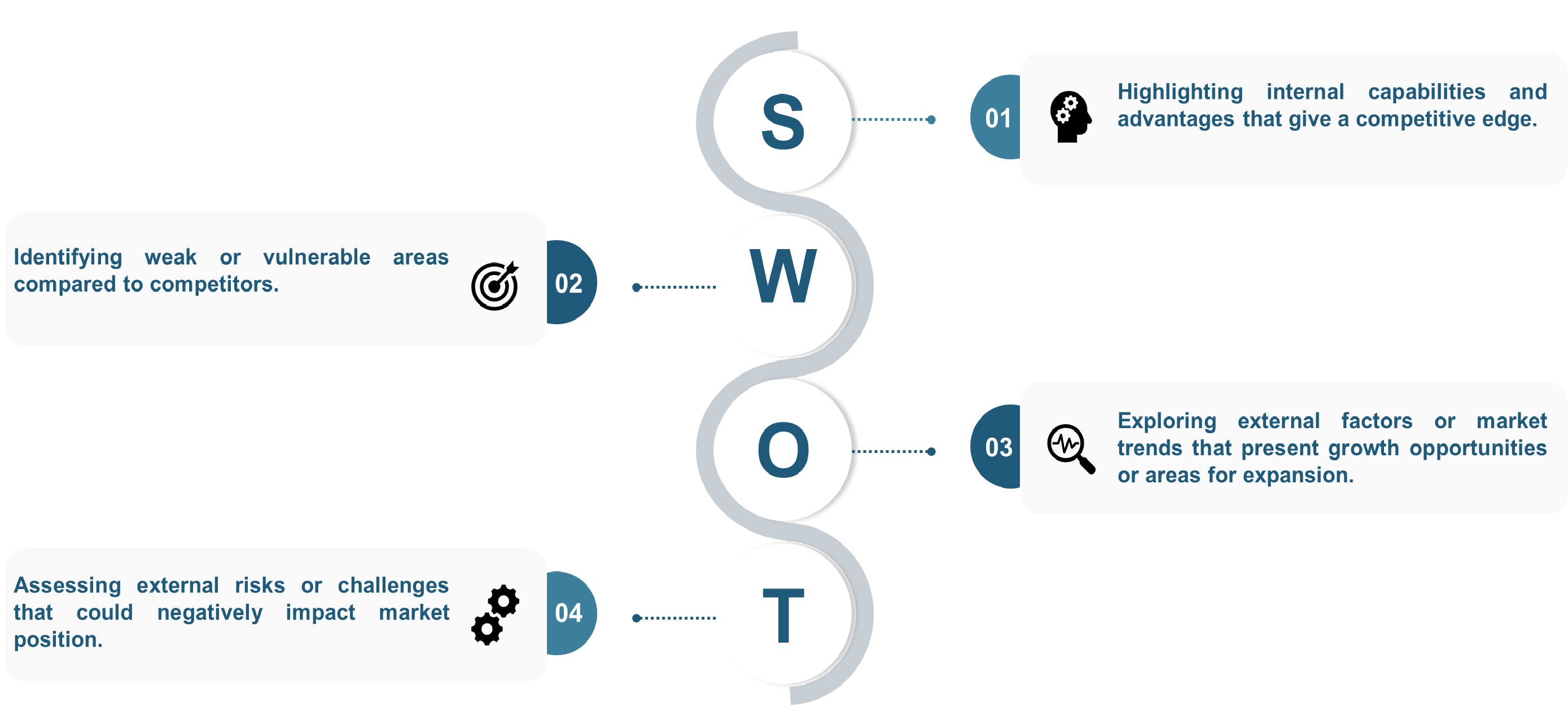
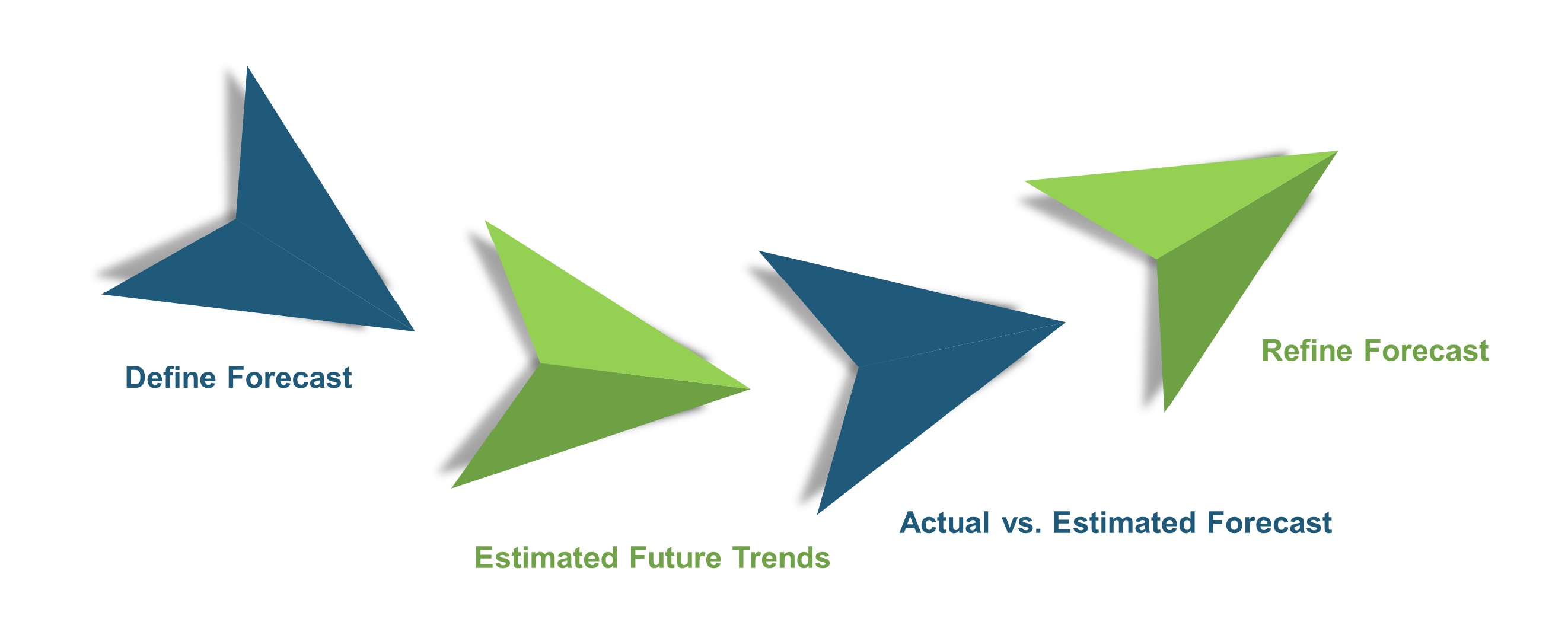





 Speak to Our Analyst
Speak to Our Analyst



